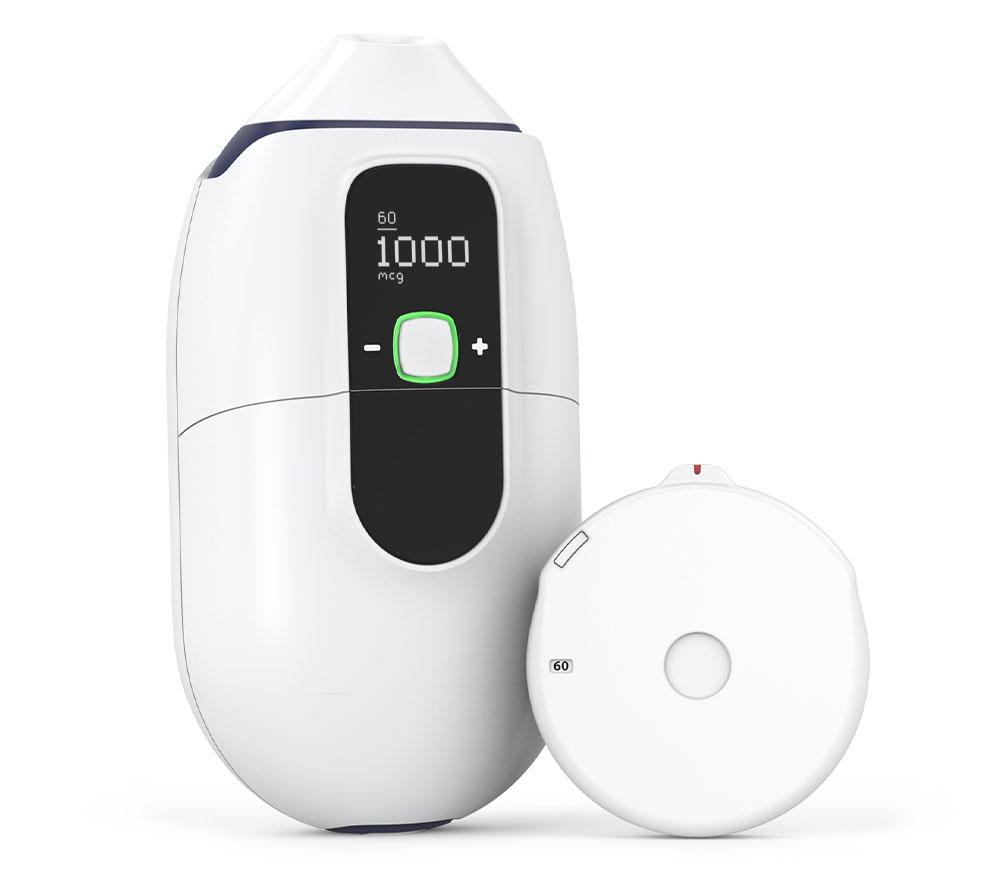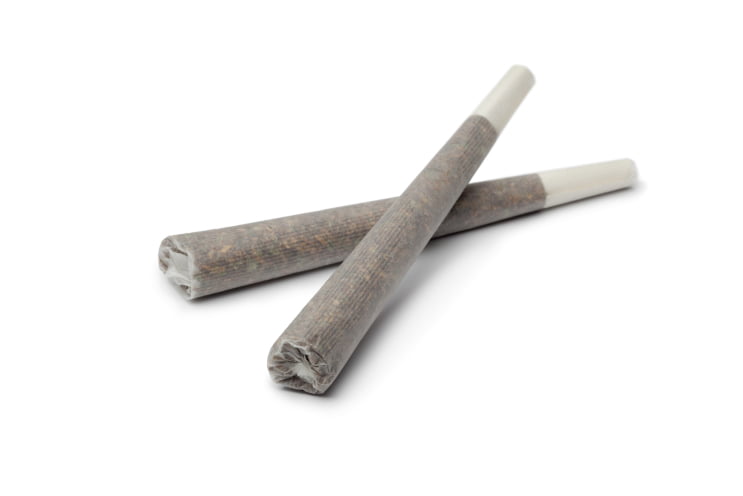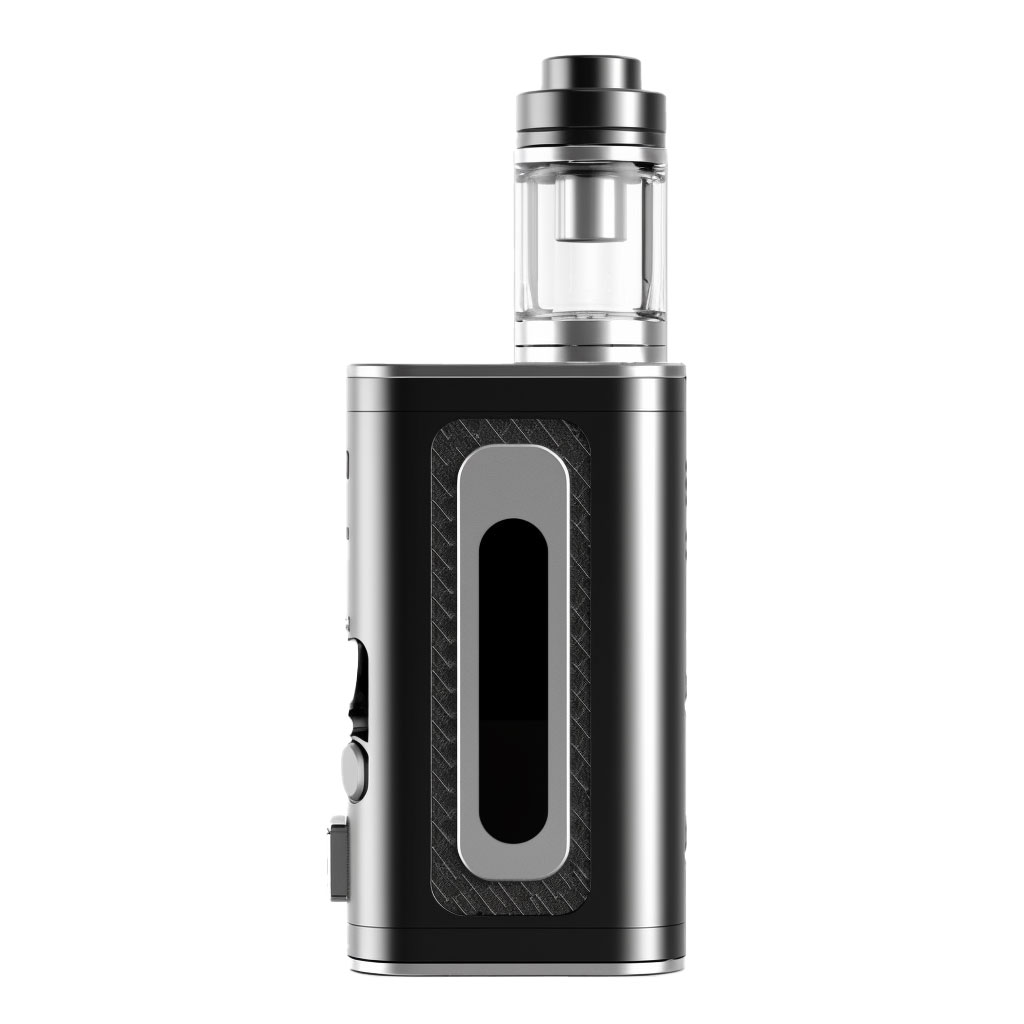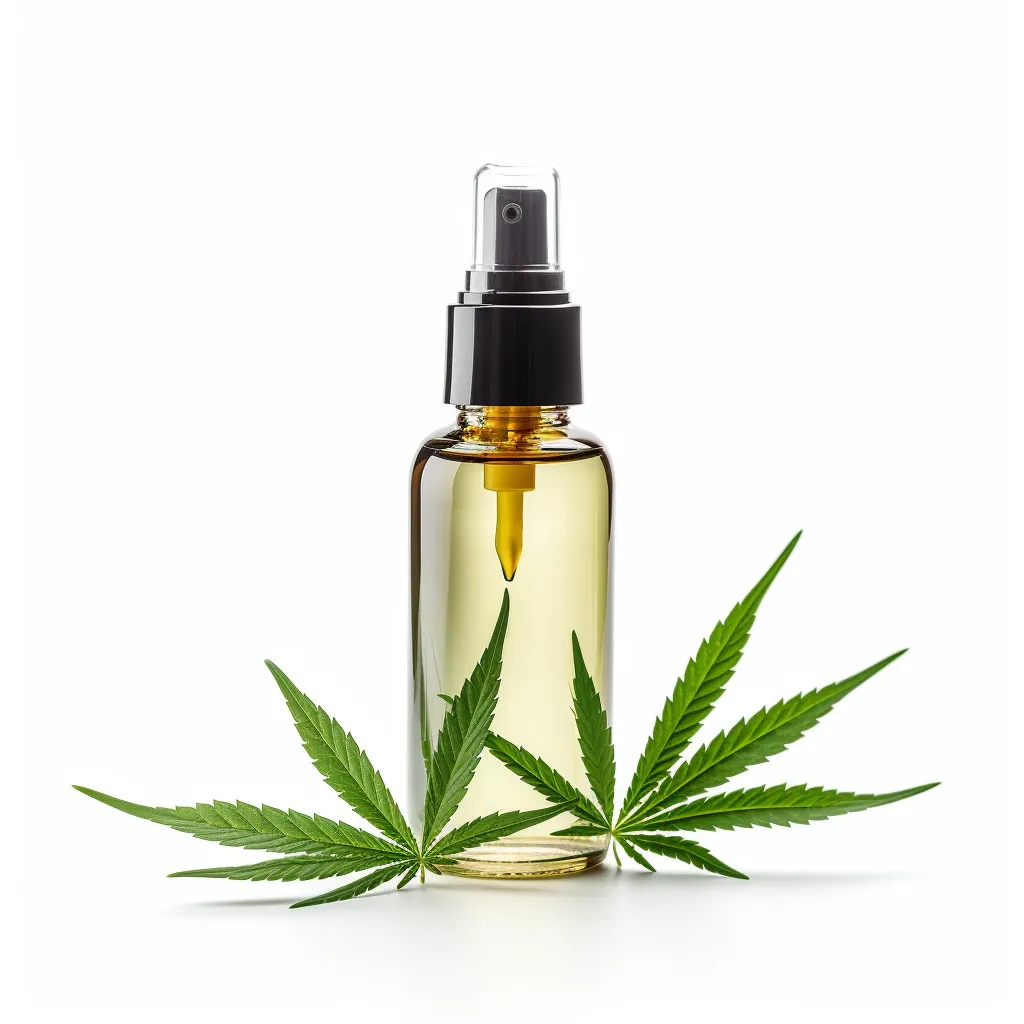Standardized medical treatment is a treatment that achieves a uniform and consistent effect with each use. To make medical cannabis treatment compliant with the principles of the standard of care (metered dosing, lowest effective dose, and safety of use), two ground rules must be met:
Standardized cannabis
Cannabis with stable and uniform genetics, grown under strict and controlled conditions, and maximum control of the following parameters: climate, irrigation and fertilization, sterilization, and automation. Including harvesting, drying, packaging, and transportation processes, in such a way that results in a uniform raw material in its composition and concentration.
Uniform route of administration
A route of administration that will secure a uniform and consistent level of concentration of the active ingredients in the blood.
The Routes of Administration of Medical Cannabis Are Divided Into Two Categories:
Delivery by inhalation (raw cannabis inflorescence)



Oral administration (ingestion)

Each route of administration affects the composition, bioavailability, and pharmacokinetic profile (the course of the drug in the body) of the active ingredients and consequently, also the intensity of the effect, its speed, and duration.
Product variance (different strains, different growth methods, or variation in the composition of substances) and/or variance in administration and characteristics of use (duration and/or depth of inhalation or metabolic changes during oral administration) is manifested by an unstable, uneven, and inconsistent effect on the body. This condition leads to an unexpected clinical outcome.
What Are the Difference Between the Various Routes of Administration of Medical Cannabis?
|
|
|
|
|
|
|
|
| How to Use | Onset of Pain Reduction | Adverse Effects | Whole Plant vs. Extract | Doses | Combination With Other Substances | Average Monthly Use Among the Majority of Patients |
|---|---|---|---|---|---|---|
| Single Inhalations | Starting within 5 minutes after inhalation [1] | 90% fewer adverse effects after the dosage adjustment period [2], compared to other routes of administration of medical cannabis in Israel [3] | Whole plant | Metered and consistent dose of the amounts of THC in the aerosol | Sealed against external intervention | One cartridge |
| Multiple vapor inhalations | Have not yet been tested in clinical studies | High rate of adverse effects [5] | Whole plant | No metered or consistent dose | Can be mixed with any other substance, subject to the patient’s decision | 34 grams* |
| Multiple smoke inhalations | Have not yet been tested in clinical studies | High rate of adverse effects [3] | Whole plant - At least 30% loss of the volatile components in the burning process [6] | No metered or consistent dose | Can be mixed with tobacco or any other substance, subject to the patient’s decision | 34 grams* |
| Oral/sub-lingual intake | Have not yet been tested in clinical studies | High rate of adverse effects [4] | Extract of whole plant - loss of the volatile components | Different dose between the brands, for each drop of oil | Can be mixed with food/beverages | Approximately 3 bottles (30 ml) |
* According to the Israeli Ministry of Health Pricing Committee discussions summary regarding medical cannabis.
[1] Almog S et al. European Journal of Pain, 24(8), 1505-1516
[2] Aviram J et al. PAIN Reports: May/June 2022 – Volume 7 – Issue 3 – p e1011
[3] Aviram, J., Lewitus, G. M., Vysotski, Y., Amna, M. A., Ouryvaev, A., Procaccia, S., … & Meiri, D. (2022). The Effectiveness and Safety of Medical Cannabis for Treating Cancer Related Symptoms in Oncology Patients. Frontiers in Pain Research, 70.
[4] S. Abelev, N. Warne, M. Hardy, Medicinal Cannabis for the Treatment of Chronic Refractory Pain: An Investigation of the Adverse Event Profile and Health-Related Quality of Life Impact of an Oral Formulation, Med Cannabis Cannabinoids. (2022) 1–12. https:
[5] Van de Donk, T., Niesters, M., Kowal, M. A., Olofsen, E., Dahan, A., & van Velzen, M. (2019). An experimental randomized study on the analgesic effects of pharmaceutical-grade cannabis in chronic pain patients with fibromyalgia. Pain, 160(4), 860.
[6] Elzinga, S., Ortiz, O., & Raber, J. C. (2015). The conversion and transfer of cannabinoids from cannabis to smoke stream in cigarettes. Natural Products Chemistry & Research.

SyqeAir Metered-Dose Inhaler & Medical Cannabis Cartridge
The only Metered-Dose Inhaler and designated Cartridge for medical cannabis capable of delivering a metered (in mcg) and consistent dose of THC (in the aerosol), along with all the other cannabinoids and terpenes found in full-spectrum cannabis inflorescence. For a fast reduction in the intensity of chronic neuropathic pain1 and improvement of sleep quality11, with minimum to no psychoactive side effects2-3, following the dosage adjustment period, compared to the other routes of administration of medical cannabis (smoking, vaporization, and oil)2.
The dose for each inhalation is individual, selected from 4 low doses: 250, 500, 750, or 1,000 micrograms (mcg) of THC, and this dose and the number of inhalations required per day is determined for each patient by a Syqe nurse experienced in pain management, according to the patient’s medical condition and guidance of the attending physician. The prescribed dose has the potential to reduce the intensity of chronic neuropathic pain1 with minimum to no adverse effects, including psychoactive effects (“high” feeling, etc.), compared to the other routes of administration2-3 – for a daily functioning routine (alongside the health limitations) and improved quality of life.
The prescribed dose and the number of inhalations per day constitute a regular treatment protocol in the patients’ routine. The protocol is designed to maintain the stability and uniformity of the treatment: a consistent effect both in reducing the intensity of the pain and the side effects. The therapeutic stability enables to establish a stable daily routine (alongside the general health limitations). When the patients know in advance what effect they should expect, they can plan their daily activities.
Inhaler Features:
- Easy for use: simple operation at the push of a button
- Discreet
- No smoking and no smoking damage
- Guidance and support by a nurse
The Syqe Cartridge contains 60 metered doses and the selection of the desired dose is performed by the patient. The cannabis within the Cartridge is of the Bedrocan® strain – T20C4 Sativa cannabis with a reproducible composition of the main cannabinoids – stable from batch to batch. The cannabis is grown without human contact under strictly controlled conditions (EU-GMP) and is free of heavy metals, pests, and pesticides.
The SyqeAir Inhaler is intended for use with a Syqe Cartridge only. No other inflorescence or oil can be inserted into the Cartridge.

Smoking Cannabis Inflorescence
(hand-rolled cannabis cigarettes)
Inhalation is the most common route of administration. As of August 2023, about 92% of medical cannabis patients consume it in inflorescence form by inhalation4, and according to an Israeli study, about 75% of them consume inflorescence via smoking5. The effect of cannabis delivered by inhalation is rapid and takes place between 5-10 minutes after the inhalation. However, it is essential to understand that the achieved result is not uniform in each treatment. Why is that?
The inhalation duration, depth, holding duration, and exhalation duration vary between patients6. As a result, in each inhalation, a different amount of cannabis enters the lungs. Variance in the amount creates a variance in the maximum THC concentrations in the blood (Cmax), which leads to a lack of uniformity in the therapeutic effect. This is the reason why patients sometimes consume, unintentionally, unnecessary excessive amounts of cannabis.
A non-uniform clinical outcome indicates a method of treatment that is not compliant with the standard of care. Moreover, consuming medical cannabis by smoking exposes the patients to a variety of harmful substances and forces people who have never smoked to start smoking when their physical condition is not at its best. Even patients who consumed “medical weed” for recreational purposes in the past are advised not to continue smoking. Lab research reported that combining smoking tobacco and medical cannabis inflorescence increases the amount of THC produced by 45% compared to cannabis inflorescence that is not combined with tobacco7.
Due to the health risks associated with smoking, consuming medical cannabis in this form – although it is most common – is not recommended by various medical organizations.

Vaporizing Cannabis Flowers
A vaporizer is a vaporizing device that uses heating technology to release the ingredients found in the raw plant and make them active and effective – without combustion. The active ingredients (phytocannabinoids, terpenoids, and flavonoids) are released as aerosols, which the patients inhale into the lungs.
Administration by inhalation (inhaler, vaporizer, smoking) results in a faster effect than ingesting cannabis oil extract. When comparing between vaporizing and smoking, in terms of the effects of use – vaporizing is safer than smoking:
- In vaporizing, there is no exposure to smoking damage, and there is no smoke (which is harmful to both patients and their close surroundings)
- Vaporizing does not require the mixing of addictive and harmful substances found in the tobacco mixture
In terms of effectiveness (balancing between reduction in pain and other medical symptoms and the side effects), it is likely that neither smoking nor vaporizing makes it possible to inhale a uniform and consistent dose. With each inhalation, the patient consumes a different amount of the active ingredients, which increases the risk of various side effects, including “high” feeling, blurred senses, etc. When patients are unable to receive a uniform dose of the active ingredients in each inhalation, they cannot anticipate the effect that will be obtained and the risk of overdose, i.e., inhaling a higher dose than necessary to reduce the intensity of pain – increases.
There are no clinical studies that compare the effects of smoking and vaporizing. It is impossible to say that the “high” feeling in smoking is different than that in vaporizing or that vaporizing causes less drowsiness than smoking… If there are reports of these sensations or others, it is essential to understand that they have no clear scientific basis.
When it comes to handling the inflorescence, both vaporizing and smoking require prior preparations before inhalation. In the case of the vaporizer, it is also necessary to clean the device from cannabis residues before the subsequent use.

Cannabis Oil Extract
Medical cannabis oil is the extraction of cannabis inflorescence mixed with an oil-based liquid, which is taken orally in drops.
Cannabis inflorescences undergo various extraction processes – in two main ways: ethanol or carbon dioxide (CO2). After the extraction process, the concentration of cannabinoids is examined, and the dilution with base oil is performed – mainly using olive oil, coconut oil, or MCT (Medium Chain Triglycerides – a substance produced from coconut oil and/or palm kernel oil). Before using cannabis oil, it is necessary to make sure that the patient is not allergic to the base oil.
Cannabis oil is consumed orally and, therefore, is absorbed slowly and inconsistently in the blood. Why is that? The oil itself is not absorbed by the oral mucosa, and most of it reaches the digestive system. As a result of the processes of metabolism and breakdown in the liver, approximately half of the amount of THC from the substance undergoes a chemical change before it reaches the blood system8-9. This results in a slow (60 to 240 minutes following the intake) and inconsistent treatment effect10, which can be influenced by food intake.
Characteristics of the use and effects of cannabis oil:
- User experience: consuming cannabis oil does not involve smoking damage, and it is discreet
- Duration of effect: the time it takes for the effect of the oil to begin is longer compared to inhalation – between 6-8 hours
- Inconsistency in treatment: metered dosing is impossible, and the dose in drops cannot be reproduced consistently. As a result, patients may experience an inconsistent effect in terms of effect onset, duration, and side effects
- High risk of overdose: patients waiting a long time for the therapeutic effect to begin might think that they have not taken a sufficient dose and will take another drop (which can cause them to overdose)
What is the difference between cannabis oil and CBD oil?
Medical cannabis contains over 500 different compounds: cannabinoids, phytocannabinoids, and terpenoids – most of which have not been identified, and their therapeutic effect has never been researched. Most studies focus on the cannabinoids THC and CBD because, in the past, they were thought to be the only active cannabinoids in the inflorescence. It is customary to associate THC with psychoactive effects and CBD with diverse medical properties, such as treating inflammation, but without the psychoactive effects. However, many studies have already disproved this assumption.
Cannabis oil is produced from inflorescence extracts containing both THC and CBD, usually with a high concentration of CBD and a very low concentration of THC, or from inflorescence extracts containing an equal THC/CBD ratio. When referring to “CBD oil,” it usually means oil produced from hemp plants, which are strains of Sativa cannabis and are very low in THC: concentration of less than 0.2% in Europe and less than 0.3% in the USA.

Cannabis Spray
Nabiximoles (Sativex) is an oromucosal cannabis spray containing almost only THC and CBD in similar quantities, combined with alcohol. Most current clinical studies have been conducted on cannabis-based medicines (CBMs). When it comes to administration via spray, most of the publications used Sativex. There are other available cannabis spray products in some countries worldwide, but they are not reported in any academic or clinical study thus far.
The company that invented Sativex attempted to make it an FDA-approved drug for treating chronic pain and multiple sclerosis-related spasticity but was unsuccessful. Nonetheless, this product is approved in some European countries for the latter indication. In terms of effectiveness, few meta-analyses concluded that medical cannabis administered via spray is mildly effective or even ineffective for chronic pain treatment12-13.

Cannabis Capsules
Cannabis capsules are one of the least common routes of administration of medical cannabis. There are some capsules containing synthetic THC only (Marinol®), which are FDA-approved for chemotherapy-induced nausea and vomiting (CINV) for oncology patients and are approved for use in several countries. In addition, some medical cannabis capsules under the medical cannabis regulation contain fractionated cannabinoids, and others contain full-spectrum medical cannabis extract or inflorescence.
As this route of administration is less common, only a fraction of the assessed patients in open-label trials have consumed it; more specifically, under 1% in an Israeli registry study on chronic pain patients14. It might be more common in countries like Australia, where there was a large registry of patients prescribed only oral medical cannabis oils or capsules, but the researchers did not specify what the use rate of the cannabis capsules in their study was15. Therefore, it is impossible to determine the effectiveness or safety of cannabis capsules.
- Almog S., et al. (2020). European Journal of Pain, 24(8), 1505-1516.
- Aviram J., et al. (2022) PAIN Reports. 7(3). e1011.
- Aviram J., et al. (2021). European Journal of Pain, 25(2), 359-374.
- נתונים עדכניים מרישיונות מטופלים היחידה לקנביס רפואי (יק”ר) אוגוסט 2023.
- Aviram, J., Pud, D., Gershoni, T., Schiff‐Keren, B., Ogintz, M., Vulfsons, S., … & Eisenberg, E. (2021). Medical cannabis treatment for chronic pain: outcomes and prediction of response. European Journal of Pain, 25(2), 359-374.
- Huestis MA. Human Cannabinoid Pharmacokinetics. Chem Biodivers 2009;4:1770–1804.
- Van Der Kooy F, Pomahacova B, Verpoorte R. Cannabis smoke condensate II: Influence of tobacco on tetrahydrocannabinol levels. Inhal Toxicol 2009;21:87–90.
- Van Der Kooy F, Pomahacova B, Verpoorte R. Cannabis smoke condensate II: Influence of tobacco on tetrahydrocannabinol levels. Inhal Toxicol 2009;21:87–90.
- Zuo-Feng Zhang etal. Marijuana Use and Increased Risk of Squamous Cell Carcinoma of the Head and Neck. Cancer Epidemiology Biomarkers 8′ prevention. December 1999; vol 8; 1071-8.
- Huestis MA. Human Cannabinoid Pharmacokinetics. Chem Biodivers 2009;4:1770–1804.
- Aviram J., et al. (2023). Pharmaceuticals, 16(10), 1426.
- Whiting PF, Wolff RF, Deshpande S, Di Nisio M, Duffy S, Hernandez A V, et al. Cannabinoids for Medical Use: A Systematic Review and Meta-analysis. J Am Med Assoc. 2015;313(24):2456–73.
- Hauser W, Finnerup NB, Moore RA. Systematic reviews with meta-analysis on cannabis-based medicines for chronic pain – a methodological and political minefield. Pain. 2018;159(10):1906–7.
- Aviram J., et al. Medical Cannabis Treatment for Chronic Pain: Outcomes and Prediction of Response. Eur J Pain. 2020;25(2):359–74.
- Id AWV, Roth S, Ernenwein T, Id JK, Washer P. A large Australian longitudinal cohort registry demonstrates sustained safety and efficacy of oral medicinal cannabis for at least two years. PLoS Med [Internet]. 2022;17(11):1–18. Available from: http://dx.doi.org/10.1371/journal.pone.0272241
SyqeAir Inhaler
Pain reduction with minimum psychoactive adverse effects, for optimal quality of life
For more information, contact us:







